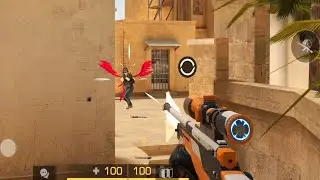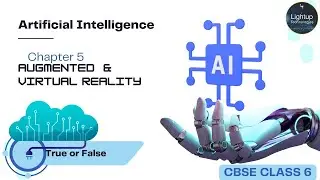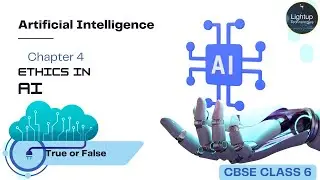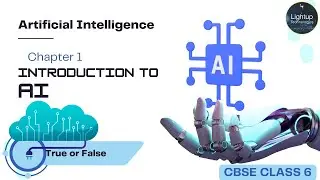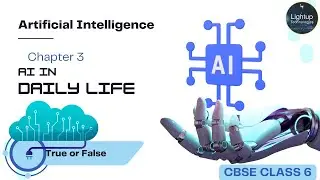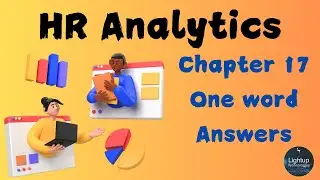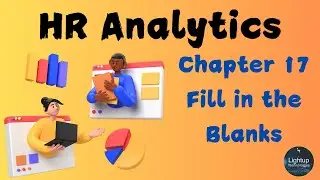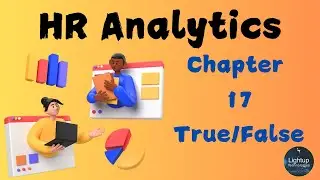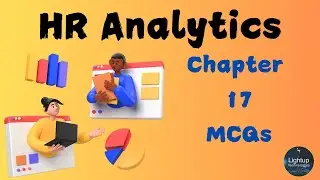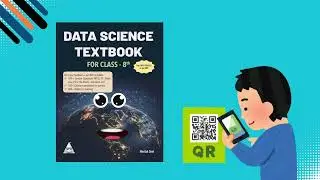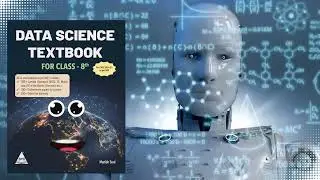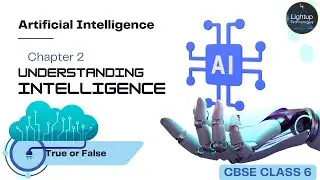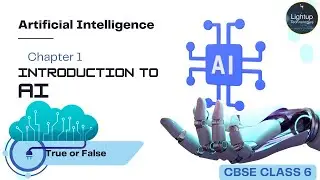CBSE class 6 Artificial Intelligence chapter 5 True or False.
Welcome to our comprehensive video on "CBSE Class 6 Artificial Intelligence Chapter 5 Practice Questions." In this video, we explore the fascinating world of Augmented Reality (AR) and Virtual Reality (VR) as introduced in Chapter 5 of the CBSE Class 6 Artificial Intelligence curriculum. This chapter is crucial for young learners as it delves into cutting-edge technologies that are shaping the future of entertainment, education, and beyond. Our goal with this video is to help students not only understand the concepts of AR and VR but also to apply their knowledge through a series of carefully designed practice questions.
Chapter 5 introduces students to the concepts of AR and VR, two technologies that, while often discussed together, serve very different purposes. Augmented Reality (AR) is a technology that overlays digital information—such as images, sounds, or other data—onto the real world. This means that users can see and interact with virtual objects while still being aware of their physical surroundings. In contrast, Virtual Reality (VR) creates a completely immersive digital environment that replaces the real world. When you put on a VR headset, you are transported into a virtual world where everything you see and hear is computer-generated, giving you the sensation of being in a different place entirely.
Understanding the difference between AR and VR is a key learning objective of this chapter, and our video helps clarify these concepts with simple explanations and engaging examples. For instance, we discuss how AR is used in applications like Pokémon Go, where virtual creatures appear in the real world through a smartphone screen, and how VR is used in gaming to create immersive experiences that allow players to feel like they are inside the game. These examples help students connect theoretical concepts with real-world applications, making the learning process more engaging and effective.
In addition to explaining the basics of AR and VR, we also explore how these technologies are being used in daily life. Augmented Reality is increasingly being integrated into various fields, from education, where it helps bring textbooks to life with 3D models and interactive elements, to shopping, where it allows customers to visualize products in their homes before making a purchase. Virtual Reality, on the other hand, is revolutionizing fields like entertainment and training, providing immersive experiences that can simulate real-life scenarios, such as virtual field trips to historical sites or training simulations for pilots.
To reinforce these concepts, our video includes a series of practice questions designed to test students' understanding and encourage them to think critically about how AR and VR can be used in various contexts. These practice questions cover a range of formats, including multiple-choice questions, true/false statements, and short answer questions. By working through these questions, students will not only solidify their grasp of the material but also learn how to apply their knowledge in practical scenarios.
For example, one practice question might ask students to identify whether a given scenario is an example of AR or VR, helping them to distinguish between the two technologies. Another question might challenge students to think about how AR could be used to solve a problem in their community, encouraging them to apply their knowledge creatively. These questions are aligned with the CBSE curriculum and are designed to prepare students for exams while also fostering a deeper understanding of the material.
We believe that practice is essential for mastering new concepts, especially in a subject as dynamic as Artificial Intelligence. That's why we've designed our practice questions to be both challenging and fun, helping students to engage with the material in a meaningful way. As they work through these questions, students will develop critical thinking skills and gain confidence in their ability to understand and apply AI technologies.






